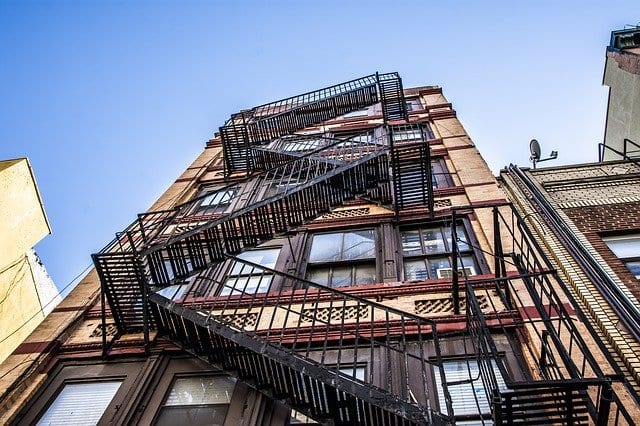As a landlord, one of your primary responsibilities is to provide a safe and secure living environment for your tenants. Property experts including rental agents in Winchester agree that tenant safety isn’t just a legal obligation, but it’s also essential for maintaining a positive reputation and fostering a long-lasting landlord-tenant relationship. In this blog post, we will discuss several crucial steps that landlords can take to ensure the safety of their tenants.
1. Regular Property Inspections
Regular property inspections are an essential part of maintaining a safe living environment for your tenants. Schedule inspections at least once or twice a year to identify any potential safety hazards. Check for faulty wiring, leaky pipes, broken locks, and other issues that could pose a risk to your tenants. Promptly address and fix any problems you discover during these inspections to prevent accidents and ensure your property is up to code.
2. Adequate Lighting
Proper lighting is crucial for tenant safety, especially in common areas such as hallways, staircases, and parking lots. Well-lit areas discourage criminal activity and help prevent accidents. Consider installing motion-activated lighting in outdoor spaces to increase security and reduce energy costs.
3. Secure Entry Points
Ensure that all entry points, including doors and windows, have reliable locks. Deadbolt locks are more secure than standard locks and provide an extra layer of protection. Consider installing a peephole in the front door, so tenants can safely identify visitors before opening the door.
4. Fire Safety Measures
Fire safety should be a top priority for landlords. Install smoke detectors on every floor of the property and test them regularly to make sure they are in working order. Provide fire extinguishers in common areas, and consider offering guidelines on fire safety and evacuation plans to your tenants.
5. Carbon Monoxide Detectors
Carbon monoxide is a colorless, odorless gas that can be deadly if not detected. Install carbon monoxide detectors near sleeping areas and any fuel-burning appliances to protect your tenants from this silent threat.
6. Emergency Contact Information
Create an emergency contact list for your tenants that includes your contact information, local emergency services, and maintenance personnel. This list can be posted in common areas or provided digitally to ensure that tenants know who to contact in case of an emergency.
7. Regular Maintenance
Promptly addressing maintenance requests is essential for tenant safety. Fixing leaky faucets, repairing broken steps, and replacing faulty electrical outlets can prevent accidents and injuries. Encourage your tenants to report any maintenance issues promptly.
8. Properly Screen Tenants
Before renting to a new tenant, conduct thorough tenant screenings. This includes background checks and reference checks to ensure that you’re renting to responsible individuals who are less likely to engage in criminal activity or pose a safety risk to other tenants.
9. Security Systems
Consider investing in security systems for your property. This could include surveillance cameras, security alarms, and access control systems. These measures not only deter criminal activity but also provide tenants with a sense of security.
10. Educate Tenants
Provide your tenants with safety guidelines and tips on how to stay secure in and around the property. This could include information on locking doors and windows, not sharing access codes with others, and being cautious when letting strangers into the building.
11. Regular Pest Control
Pests not only compromise the cleanliness of your property but can also pose health risks to your tenants. Implement regular pest control measures to prevent infestations and protect the well-being of your tenants.
12. Adequate Signage
Place clear and visible signage in common areas to provide information about emergency exits, fire evacuation routes, and important contact numbers. This information can be critical in case of an emergency.
13. Tenant Insurance
While it’s not a direct responsibility of landlords, encouraging tenants to have renter’s insurance can be beneficial. Renter’s insurance protects tenants’ belongings and provides liability coverage, giving them peace of mind in case of unforeseen events.
14. Swift Response to Security Concerns
If a tenant raises a security concern, address it promptly. Whether it’s a broken lock, a malfunctioning security system, or a suspicious individual, taking quick action shows that you prioritise their safety.
In conclusion, ensuring tenant safety is a multifaceted responsibility that landlords must take seriously. By implementing these steps, you not only fulfil your legal obligations but also contribute to a positive living experience for your tenants. Remember, a safe property fosters happier tenants, longer lease agreements, and a positive reputation within the property market.











